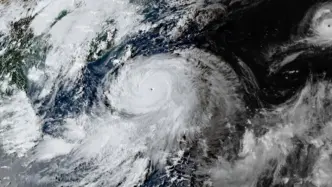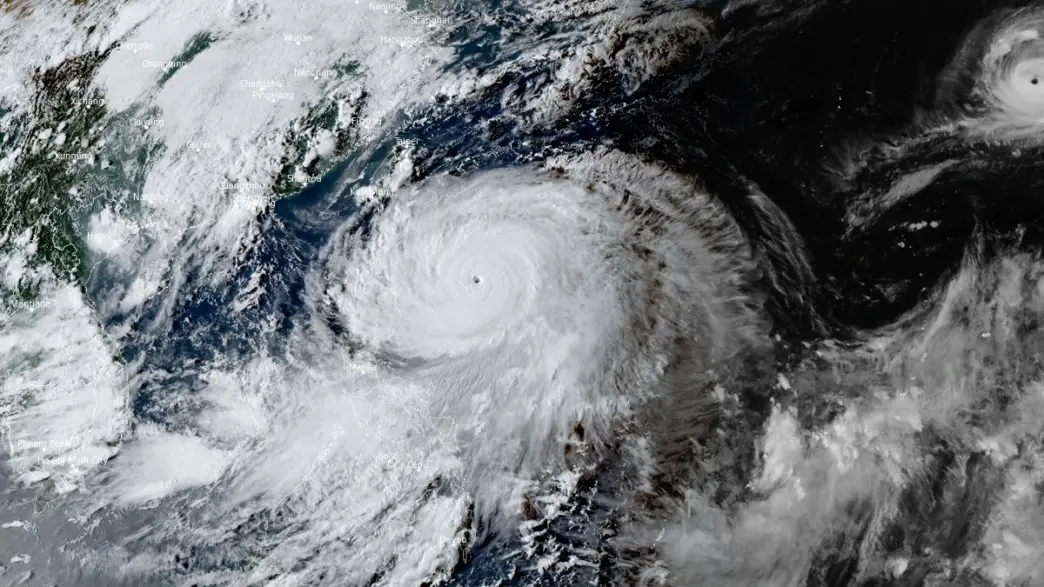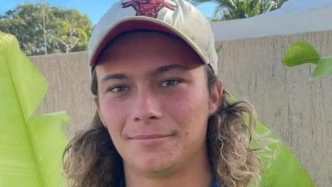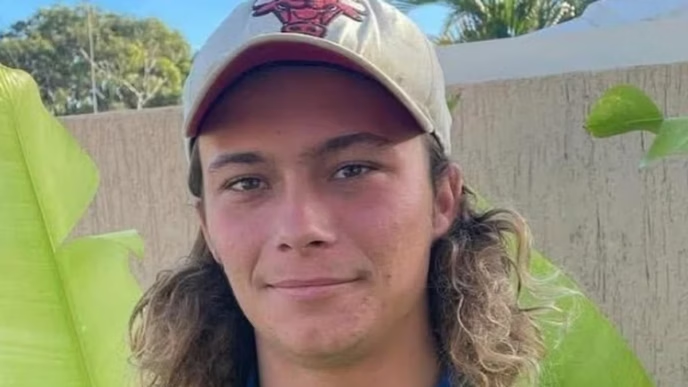Hong Kong officials shut down schools and cancelled flights on Tuesday as Super Typhoon Ragasa approached, warning the storm could be one of the city’s most destructive in recent history.
Authorities across southern China also ordered businesses and schools to close in at least 10 cities, disrupting the lives of tens of millions.
Ragasa had already uprooted trees, ripped roofs from homes, and triggered a deadly landslide in the northern Philippines, killing at least two people and forcing thousands into shelters.
Hong Kong’s weather service said the storm was packing maximum sustained winds of 220 kilometres per hour while sweeping west across the South China Sea.
The Observatory raised its T8 warning signal at 2:20 pm, cautioning that conditions would deteriorate rapidly and warning of a storm surge that could raise water levels by up to four metres.

In Lei Yue Mun, a flood-prone coastal neighbourhood, government workers stacked sandbags as residents braced for impact. “The water came up to my thighs during the last super typhoon,” said 71-year-old Yang Lee-o.
Hong Kong’s deputy leader, Eric Chan, warned the storm could be as destructive as the 2017 and 2018 typhoons that caused hundreds of millions in damage.
Flights faced heavy disruption, with more than 500 Cathay Pacific services expected to be cancelled. Thousands of workers rushed home after the T8 signal, and bus companies announced reduced services.
Classes were suspended for two days, the Hong Kong Jockey Club cancelled Wednesday’s horse-racing meet, and the stock exchange confirmed it was monitoring conditions under new rules that allow trading during typhoons.
Ragasa—named after the Filipino word for rapid motion—is expected to hit Guangdong’s central and western coast within 24 hours.
Shenzhen has already evacuated 400,000 residents, and other cities, including Chaozhou, Zhuhai, Dongguan and Foshan, have implemented strict shutdowns.
Scientists warn that climate change is intensifying storms, making them increasingly destructive.


 Trending
Trending 







